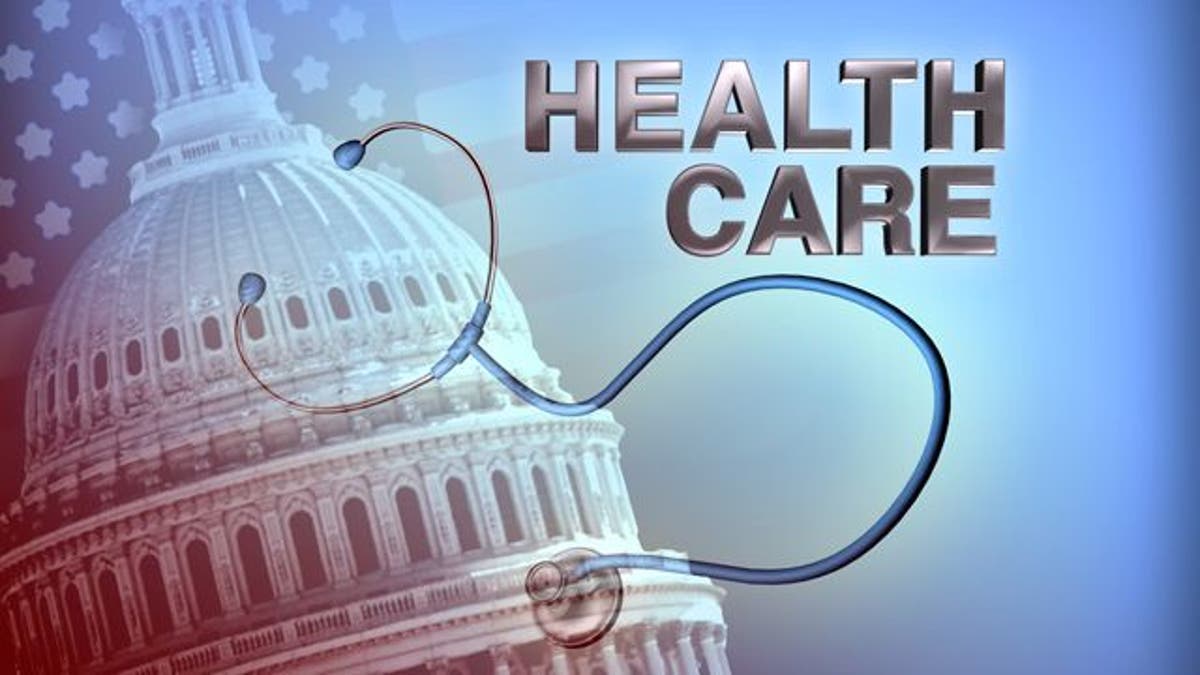
As various parts of ObamaCare begin to take effect, many people are asking 'What will be the right insurance for me?' And the answer is: We don't know! It's almost impossible to compare available plans because vital information is missing.
A big push for health care reform was based on the notion that eventually creating a market that is more transparent for consumers would help drive down costs, and maintain or improve quality.
While this is the ideal state for any market to strive for, be it health care or otherwise, there are a number of observations and challenges that suggest that the evolving health care systems, under the Affordable Care Act, will be far less transparent than what has been marketed.
1. Picking the right insurance coverage
Starting in October, when the market places are supposed to be up and running, consumers will be expected to be able to make educated decisions about which plan to pick that best suits their needs. In order to make a reasonable comparison in benefits, individuals will require knowledge about their current benefit offerings and the extent of their coverage, and be able to compare that to the new plan options in the market places. These kinds of comparisons are often difficult enough even for an actuary or a human resources executive, let alone an individual who is struggling to find affordable care on a meager income.
While there are supposed to be navigators to help guide consumers through the process, these individuals will need to be very skilled in not only understanding health insurance, but also an individual's health needs to truly help people make the right decisions.
2. Pricing for procedures and services
Over the last few years, there has been a big push towards transparency in the cost of services to enable consumers to make better decisions about where to have certain tests or procedures done. A number of new companies have surfaced with the promise of providing consumers with access to information about these prices.
On the heels of these companies who are trying to force insurance carriers to unleash cost data that has normally not been available, the insurance companies themselves have responded with their own solutions. The reality is that cost remains somewhat proprietary to each insurance company, and the rates that they negotiate with the doctors in their network. Insurance companies use these rates for competitive advantage in the market, and even though companies claim to be able to provide cost transparency data, they are still challenged by insurance companies who refuse to cooperate.
It is even more remarkable that some of these very companies that claim to provide transparency with miniscule success have been able to claim exuberant valuations from investors on merely the promise of a future that has yet to be achieved.
3. Hospital charges are misleading
A lot of recent reports have touted the massive discrepancy in hospital charges as evidenced by the "charge masters" released by hospitals. The Centers for Medicare & Medicaid Services (CMS) published recent data for similar occurrences. The charge master for a hospital is far from reality and, in fact, is intentionally inflated to be used in negotiations with those third parties who are often trying to settle a hospital charge for an individual who is either uninsured or can't pay the bill. Until actual hospital costs and charges are revealed, there is little a consumer can do in terms of adequately assessing whether one hospital is better for them versus another.
4. Judging a doctor's performance
Under the new model, your doctor is going to be carefully scrutinized with regard to how effective he or she is in managing your condition. In fact, if you see more than one doctor, and they are part of an Accountable Care organization, they may receive a bundled payment for taking care of you. Your doctor is going to be most concerned about being held accountable for things that are out of his or her control, and the need for sharing data among doctors will be very critical.
While the adoption of electronic medical records is slowly increasing, many are still resisting because of the cost and the hassle. The savings under ObamaCare are tied to driving more efficient care, but if the data is not available because of slower adoption or inefficient technology, then both the consumers and the doctors lose out.
Data used in the right manner can truly be effective in improving both costs and quality, but in order for the system to truly evolve, the effectiveness of data needs to be more than a simple marketing message. Consumers are being misled by the realities of what data is really available, and what it means.
Transparency has been a key theme lately, both positively and negatively in the Obama administration, but the real success of ObamaCare is an immediate responsibility to change course and rectify the situation before we get pushed off the cliff.
